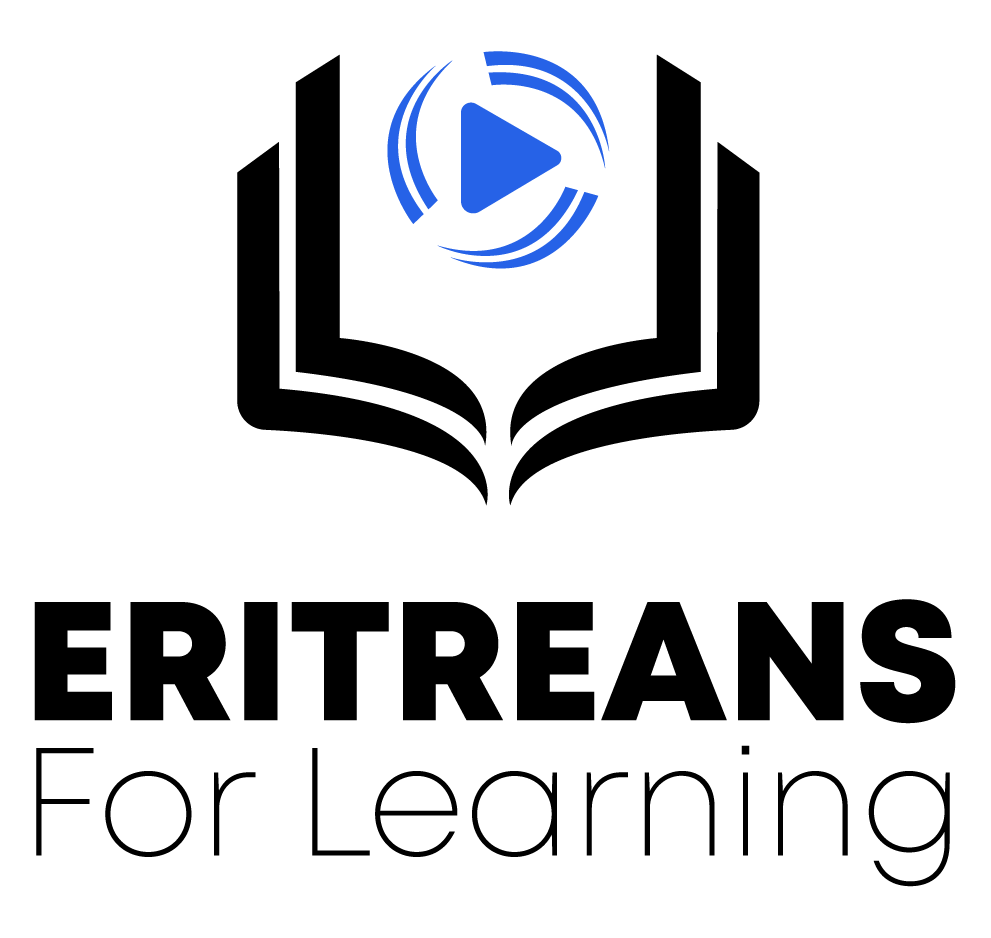API brokers embody a complicated approach to integration, sustaining their own state and making autonomous decisions about how to deal with requests. An agent might determine to sequence multiple API calls in another way based on current system conditions, retry failed operations with totally different parameters, or choose different approaches when preliminary attempts fail. This autonomy permits agents to deal with complex situations that might be troublesome to manage with conventional integration patterns.
The complexity of modern AI methods has launched challenges that traditional integration patterns were never designed to deal with. This basic shift in necessities has catalyzed a revolution in how we strategy API integration, demanding new patterns and practices that may help the dynamic nature of AI-driven interactions. In right now’s AI-driven world, AI agents have turn into transformative instruments, capable of executing tasks with unparalleled pace, precision, and adaptability. From automating mundane processes to offering hyper-personalized customer experiences, these brokers are reshaping the way businesses operate and how users interact with know-how.

How Knit Ai Can Energy Integrations For Ai Brokers
In at present’s digital period, APIs emerge as the cornerstone of technological synergy, enabling disparate methods to attach and communicate by way of knowledge integration. But, the advent of information integration using API, by way of the APIs furnished by both platforms, paves the way for a harmonious hyperlink, enabling the real-time reciprocation of buyer insights. Inside the tapestry of information integration, APIs emerge as important conduits, bridging the gaps between divergent platforms and facilitating the smooth transition of knowledge across methods.
Real-time Contextual Understanding
APIs serve as the building blocks of digital functions, enabling disparate software parts to speak with each other seamlessly. Integrating data from legacy methods into up to date platforms via knowledge integration using API isn’t solely feasible but additionally a strategic move to leverage current data property. Many legacy systems present direct API assist or may be interfaced with by way of middleware facilitating API connections. At its core, knowledge integration through APIs includes using Utility Programming Interfaces to facilitate the effortless change and synchronization of knowledge between different software systems or purposes. This approach is important in today’s digital enterprise landscape, the place adequate information administration is synonymous with success. Data integration using APIs ensures continuous information sync across platforms and guarantees reliability and accessibility, bettering organizational efficiency and decision-making capability.
At APIDNA we’re thrilled to be introducing our cutting-edge AI-powered API integration platform, designed to simplify the integration course of like by no means before. In the intricate process of information integration utilizing API, knowledge mapping emerges as a crucial step to define how data parts correspond between source and goal systems. This crucial part entails delineating knowledge fields, articulating transformation guidelines, and safeguarding knowledge consistency and integrity.
As a contemporary contender, GraphQL champions a query-driven approach, enabling precise client-side information specs. This methodology considerably streamlines knowledge retrieval and integration, marking a leap forward in knowledge integration using API. Tavus API is a cutting-edge AI tool that generates ultra-realistic videos api ai integration with database from text inputs.
- This entails investing in robust information management methods and fostering a culture that prioritizes information quality throughout the organization.
- As we explore the great information for mastering data integration by way of APIs, it is essential to spotlight the evolutionary developments and statistics throughout the API and data integration sphere as of 2024.
- The means of automated API discovery goes past simple parsing of documentation.
- API-database integration is essential in bettering data quality and maintaining consistency across completely different systems.
The integration of third-party LLMs presents unique challenges that must be fastidiously managed. Rate limiting and price issues turn into significant elements when coping with business LLM APIs. Methods should implement refined caching and optimization methods to attenuate API calls whereas maintaining response quality. Additionally, different LLMs may exhibit varying behaviors or limitations that should be accounted for within the integration structure. By selecting Dataquest’s API fo AI course, you set your self up for achievement in mastering the complexities of APIs-a important skill set in at present’s AI-powered digital world. API-driven AI advancements are a double-edged sword for employment; they create new tech jobs but could displace others through automation.

The integration of Utility Programming Interfaces (APIs) and Artificial Intelligence (AI) has emerged as a game changer in the software program growth panorama. This article aims to supply a comprehensive understanding of how API and AI integration can significantly influence fashionable purposes, notably relating to enterprise security and performance. These insights lay a solid groundwork for appreciating the strategic importance of API-led information integration and its function in redefining business operations, enhancing productivity, and crafting seamless customer experiences.
This prediction highlights the need of adopting API methods Large Language Model now to remain aggressive in a future dominated by AI technologies. Legacy systems present a big hurdle in AI API integration due to their usually outdated infrastructure. This complexity can delay the rollout of AI features, so it is important for organizations to evaluate their systems’ compatibility with AI APIs early on.
Policymakers must steadiness these results to make sure job opportunities evolve alongside technological progress. The use of AI APIs in AI raises necessary ethical questions round surveillance and bias. Developers must embed transparency into their models and weigh the societal impacts of their technologies, advocating for accountable standards in tech deployment. Traditional ETL (Extract, Remodel, Load) pipelines are not designed for steady information ingestion, leading to delays and integration failures.
Trendy AI systems should perceive the semantic that means of API operations, not just their syntactic construction. This semantic understanding allows AI brokers to make intelligent selections about which APIs to call and how to interpret their responses in context. For example, an AI agent would possibly want to know that a “search” operation in a single API may be equal to a “question” operation in another, regardless of the totally different terminology. As AI Analytica¹⁰ highlights, downtime or delays from these providers can influence user experience negatively. Firms should consider their API providers’ stability as a half of their threat management planning. AI APIs in healthcare⁶ allow real-time medical data analysis, considerably enhancing diagnostics and affected person care.

This is a crucial step as in case feasibility is not established, we have to return to the drafting board to redefine Agent. Whereas RAG presents immense alternatives to enhance AI capabilities, its implementation comes with a set of challenges. Addressing these challenges is crucial to building efficient, scalable, and reliable AI techniques. For instance, an HR AI agent might want to drag information from employee data, performance critiques, and onboarding paperwork to answer a question about benefits. RAG allows this agent to entry the mandatory context and background data from a quantity of sources, guaranteeing the response is correct and complete via a single retrieval mechanism.
